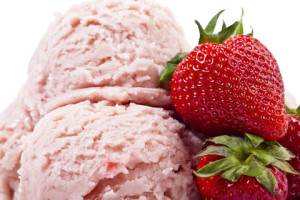 Post-Christmas until the end of March is the best season for oranges and grapefruit, unless you live where citrus grows; then it’s longer. (Mandarin oranges are in season until just before Christmas.)
Post-Christmas until the end of March is the best season for oranges and grapefruit, unless you live where citrus grows; then it’s longer. (Mandarin oranges are in season until just before Christmas.)
I look forward to eating oranges in season. They are juicy and sweet but tangy. My favourites are Cara Cara oranges and Tangerines, which show up late in the season, (March). Of course fruit seasons vary slightly from year to year.
I believe in seasonal eating. When fruit is in season, it is usually ripe, sweet, and relatively inexpensive. I think human digestive systems do well with eating one food for a while (in season). Eat your fill and move onto the next season.
Local is nice but completely impractical when our frost-free growing season is only 90 days. There aren’t many fruit trees that can survive our winters. Citrus does best with zero frost-free days. Recall panicked Florida orange growers when frost threatens!
Why do you want to eat oranges? Citrus fruits are a great source of Vitamin C and the bioflavonoids that help C do its job. High in fibre, low in fat, they even have a small amount of protein. Oranges have folate, vital in fetus development and Vitamin A (Retinoids and Carotenoids) for various tasks to maintain bodily health.
The value of these nutrients in this delicious sphere, with its very own colour, far exceeds what you can get from a supplement or multi-vitamin. The synthetics don’t include the micronutrients and trace minerals that make the nutrition team inside the orange work so harmoniously.
What about orange juice? I recommend it only if you juice it yourself, (and consume it sparingly. It’s not whole without the fibre.) Many orange juice brands contain unlabelled substances like colours, flavours, preservatives and agricultural chemical residues. They’re also pasteurized, effectively killing most nutrients. Some brands sneak in sugar, or worse, aspartame. The juice, without pulp is little more than sugar water, spiking your blood sugar levels.
It’s best to eat the whole fruit. I do juice oranges that are past their prime eating stage. I use the juice to flavour salad dressings and desserts or we pour a bit into our smoothies. It’s easy to overdo orange juice. Beware!
Eating Ideas: add oranges to salads for some pizzazz. Pair oranges with cranberry in recipes for an interesting taste combination. My grandma taught me to add orange juice and zest to a white cake recipe for an elegant but simple dessert.
Oranges. Get them while they’re good.
Remember to Eat the Food, The Whole Food and Nothing but the Food.
My Orange Chiffon Cake recipe
For a complete report on the nutrition of oranges see: http://www.whfoods.com/genpage.php?tname=nutrientprofile&dbid=31
Shelley Goldbeck, DTM has studied food for over 35 years, after an epiphany at the grocery store led her to put back the doughnuts and cookies and buy the peaches instead! Her food choices have evolved and she enjoys sharing the results of her research with others. Shelley is a Thinker, Writer, and Speaker based in Calgary, AB.


